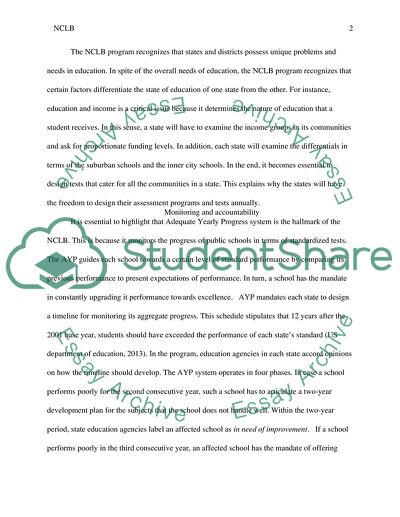Cite this document
(“NCLB Essay Example | Topics and Well Written Essays - 2000 words”, n.d.)
NCLB Essay Example | Topics and Well Written Essays - 2000 words. Retrieved from https://studentshare.org/education/1654064-nclb
NCLB Essay Example | Topics and Well Written Essays - 2000 words. Retrieved from https://studentshare.org/education/1654064-nclb
(NCLB Essay Example | Topics and Well Written Essays - 2000 Words)
NCLB Essay Example | Topics and Well Written Essays - 2000 Words. https://studentshare.org/education/1654064-nclb.
NCLB Essay Example | Topics and Well Written Essays - 2000 Words. https://studentshare.org/education/1654064-nclb.
“NCLB Essay Example | Topics and Well Written Essays - 2000 Words”, n.d. https://studentshare.org/education/1654064-nclb.


